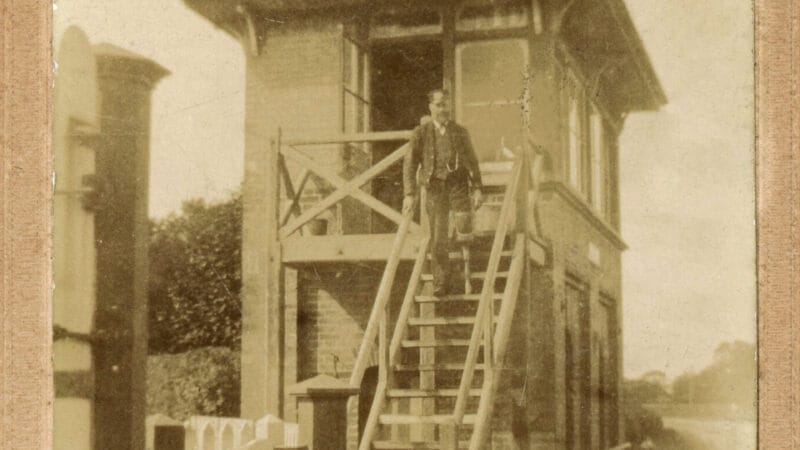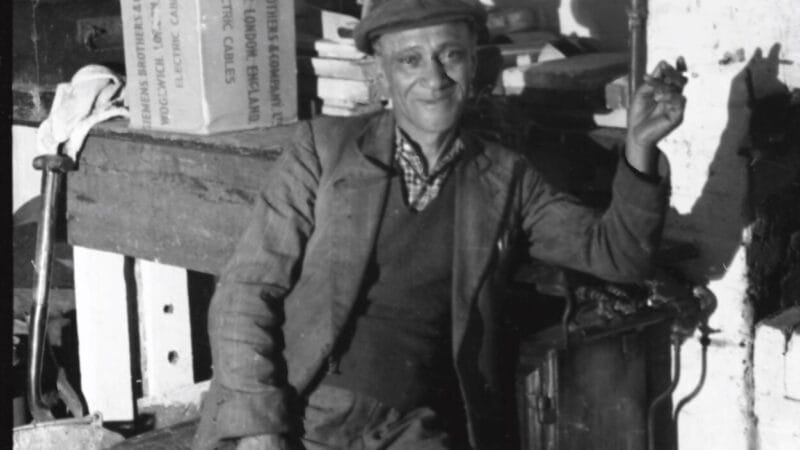Richard Evans, Head of Policy at Rail Delivery Group, looks at 200 years of delivering economic prosperity through connecting people and places.
In 1825, the first public railway carried passengers across the English countryside, setting in motion not just an engineering revolution, but an industrial one too.
Imagine the awe and excitement of those first passengers as they boarded the train, unaware that they were witnessing the dawn of a new era.
Over the past two centuries, the railway has become a force of economic and social transformation connecting towns and cities, carrying ideas and ambitions.
One place to experience this change was Swindon. With the arrival of Brunel’s Great Western Railway, Swindon began a remarkable transformation as what had been a modest market town quickly became a centre of industrial activity.
At its heart stood the Swindon Works, an engineering powerhouse that would go on to produce more than 12,000 locomotives and employ thousands. Around it, a new community took shape – homes for workers, schools for their children, and places of worship and learning that reflected the town’s growing identity.
Swindon became more than a stop on the new railway line. It became a model for how railways could shape not just economies, but communities too.
In addition to powering the Industrial Revolution, the railway transformed social policy, providing community welfare and education for these rapidly growing communities. For towns such as Swindon, the railway was more than just a new mode of transport – the Great Western Railway constructed a Railway Village which provided facilities such as a Mechanics’ Institute, a medical fund, and even public baths.
Swindon’s example is reflected across the country, in the likes of Cardiff, Crewe, Derby and Glasgow, where railways have powered economic development, improved connectivity and productivity, supported social mobility, and increased access to markets and information for people.
The areas surrounding railways have often been used as logistical hubs, attracting businesses and integrating goods yards with canals and road networks. These locations have changed over time to reflect the requirements of the communities they serve.
For example, in Swindon, the Grade 2 listed Great Western Railway Works has been converted into a Designer Outlet, while Coal Drops Yard at King’s Cross in London now marshals shoppers rather than freight wagons. Other sites near stations have been redeveloped as car parks, retail areas, or housing.
There is increasing recognition that land adjacent to railway lines can contribute to urban regeneration through mixed-use development. The transformation of these sites reflects changing approaches to railway property, which is being repurposed to address contemporary urban requirements.
The redevelopment of York station’s surroundings to homes alongside office, retail and hospitality space demonstrates how land near stations is being adapted for mixed-use purposes to create well-connected urban areas.
In Swindon, the railway is a key component of current redevelopment plans focused on the area surrounding the station to support sustainable development.
A masterplan is being developed to transform the area around the station into the Knowledge Hub, a mixed-use commercial district. The plan proposes constructing a new northern entrance to the station and is expected to unlock further employment opportunities and space for housing.
The Knowledge Hub aims to reference the railway’s historical significance for economic development, while maintaining its existing character, with the goal of establishing an integrated transport hub alongside residential and community facilities.
Swindon’s identity remains shaped by its railway heritage, which continues to underpin the local economy.
Recent research by Rail Delivery Group found that the majority of people (70%) believe that having a railway station helps their local businesses thrive.
And this is evident from people’s actions – four in five passengers across the country support businesses in and around stations and on local High Streets when travelling by rail, generating £98 billion annually for local economies.
The spending in and around local stations is creating micro-economies that are benefiting Great Britain’s high streets, independent businesses and economic growth, both locally and on a national level.
Ongoing investment in transport infrastructure has also contributed to the local economy, and the railway is again part of initiatives addressing national priorities related to economic growth.
Projects such as HS2 and Northern Powerhouse Rail are designed to support the economy and expand opportunities for communities.
And as the industry moves towards the creation of Great British Railways, continued upgrades to transport networks remain vital for achieving economic outcomes for both present and future generations.
Ongoing, targeted investment in railway infrastructure and the communities it serves is vital for fostering growth, so that our towns and cities can benefit once again from the transformative impact of the railway – as witnessed by Swindon two centuries ago.


